No matter how excited we get, there are certain things we need to remember when photographing wildlife. This is especially true when you are looking for animals that are notoriously hard to capture on camera. Whatever you do though, you need to keep in mind that practice makes perfect and that perseverance will eventually get you that shot. Here are a couple of reminders for your reference.
Slow Down and Control Your Breathing and Heart Rate
These tips, above all else, are what I’ve had to keep in mind to get my shots. By slowing down, you are letting the animal not think that you are a threat to it and you probably will not bother it while it is going about its normal business. This way you can move in closer and closer to the animal. Further, you may want to switch on manual focus: in my experience I’ve found that the “chirping” noise made by my camera’s autofocus has sounded a bit like a bird. That can scare off some animals and you don’t want to do that in order to get the shot.
By slowing down and stopping at some intervals you also calm yourself down and your heart rate won’t pick up. When you’re excited, your body language shows it. Animals communicate heavily through body language and are masters at reading it. The picture above was taken after slowing and quietly approaching the bee while it was on the flower. In addition, I made sure that I did not block any incoming light in order to not alert the bee to my presence. Manual focus was used.
Find Intimacy and Love
Intimacy in the animal world is always displayed: sometimes we just don’t pay attention to it or read into the body language of animals. That’s where slowing down and observing nature as occurrences happen comes in.
Yes, it looks like the bugs above are, “doing it like they do on the discovery channel.” In truth, I don’t know what they’re doing. But they’re surely not fighting and it’s not something one sees everyday. A conclusion can be made to say that they are being intimate.
As humans, we know that intimacy and love can all be photographed and some of history’s most iconic shots show intimacy. In the shot above, a mother duck is leading her ducklings in a swim. Some people find ducks and ducklings so darn cute and the shot above displays the bond between a mother and her babies. Her babies obviously follow her anywhere.
This can be easily shot, especially around summertime. All you have to do is go looking for it and observe. Approaching a family of ducks too quickly and enthusiastically can set off an alarm with the parents who will quickly turn against you. Granted, this shot was taken with a telephoto zoom lens right as the ducks were coming out from underneath a bridge. But the framing is what counts here as the point of intimacy and animal love is captured.
In this shot, a man is feeding a squirrel. Now how often do you see squirrels taking food straight out of a person’s hand? It’s obviously not often. However just like your dog, cat or bird, animals are always happy for a free meal. The reason why this shot looks intimate is because of the lighting. The squirrel is in a spot in which the rays from the sun coming through the trees is brightest. Additionally, the squirrel looks very happy and with the “spotlight” on him it looks almost as if it’s in heaven and being fed by the hand of God.
Despite all this, the image isn’t perfect. A tighter crop would have been much better: to the point of only showing the full body of the squirrel, the rays of light and the hand. The reason why it wasn’t achieved was because of the kit lens being used (Canon XSi) and because I wasn’t able to get in closer in time. The fence really takes away from the true focus of the image.
Go For the Unusual
Animals do weird things that make us laugh all the time. Think about the times that your cat falls asleep on your laptop keyboard, your ferret getting its head stuck in a tube, or your puppy spinning around and chasing his tail. Capturing these moments always elicit responses from people: anything from being in awe to nostalgia amongst other expressions.
How many times have you seen a squirrel climb up onto someone’s knee to get food? Most squirrels are not that brazen or bold. In fact, most animals aren’t. This is all part of the unusual. Capturing the unusual makes people stare are your pictures longer and gets expressions/comments out of them. Getting the timing perfect and documenting the exact moment the event happens can sometimes be better than filming or seeing it happen in real life.
The above image was taken with a Canon S5 IS hacked with the CHDK: similar to the firmware update for the 5D Mk II blogged about earlier.
Look For Action Shots
Searching for action shots and timing your shutter release perfectly should be a no-brainer for you sports photographers. The animal kingdom is filled with action: from hunting, to fighting, to following the pecking order and beyond. This is the case with the above image. The seagull on the left and the seagull in the mid-ground were fighting over the lizard in the mouth of the seagull in flight. When the lizard was thrown into the air and landed on the ground again, the bird in flight swooped in and gobbled up the free meal all by being opportunistic. The bird in the mid-ground is in total confusion as to what’s going on and doesn’t notice his meal is gone. The bird on the left is angry that it’s meal is gone.
In this shot, the bird is not in pain or did not land hard on the sand. In fact, it’s sand batheing in order to get rid of an bugs or parasites. You may not see something like this often, but timing your shot correctly will give your audience the feeling that you probably got when looking at this picture: what’s going on here? What a moment!
Happy shooting (photos, that is)!
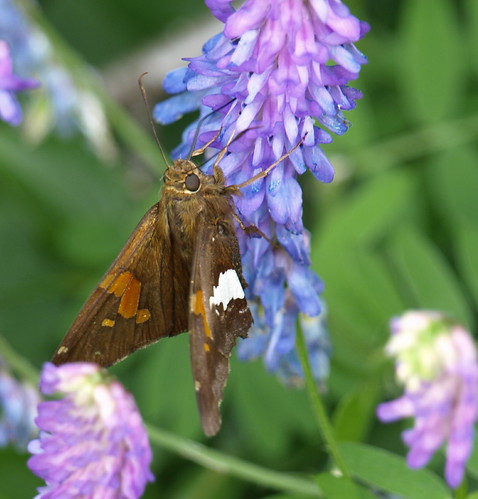
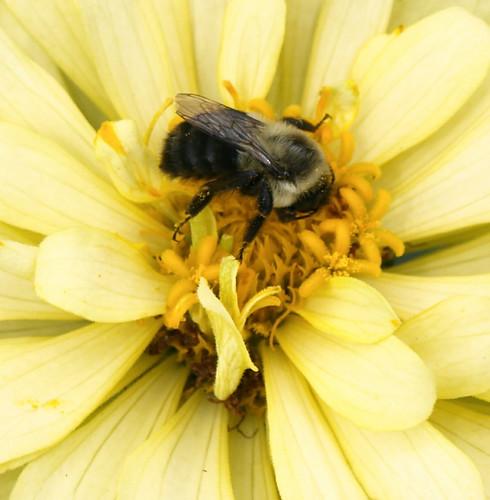

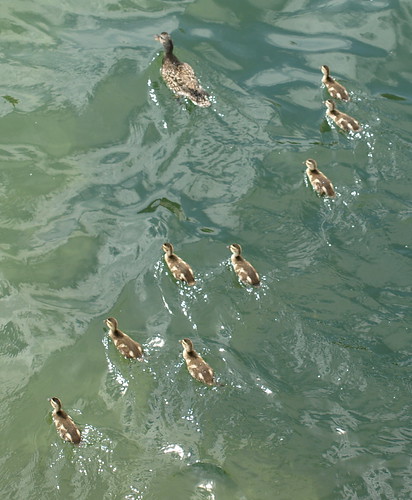
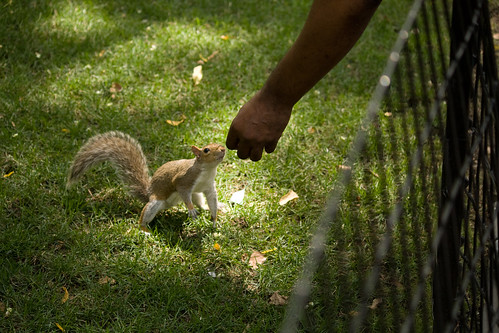
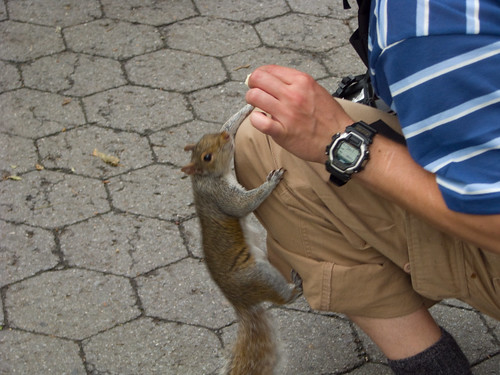
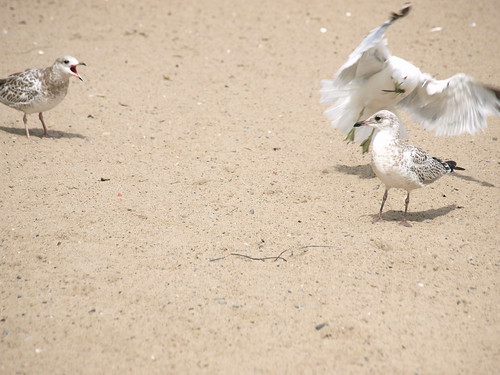
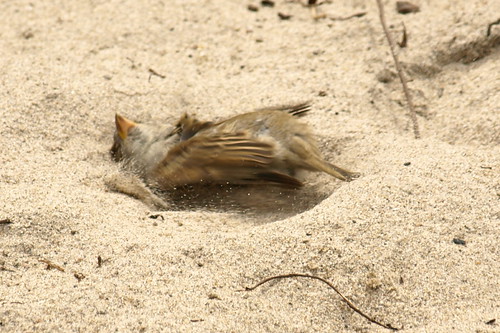


Unless you’re shooting at a zoo or park the best time of day to capture wildlife is at dawn or dusk. Insects and small mamals especially need time in the morning to warm up; butterflies will spread their wings to capture the sun and many other insects will climb plants to “display” to the rising sun.
The LCD screen is almoat essential for macro work and as both P&S and DSLR systems have this they should both produce acceptable results.
One more tip. Don’t let your profile break the horizon, keep low with you shaddow behind you.
I am trying to make a foray into wildlife photography. I am shooting with Canon 1d M4 and a 5d M3. I use a 600mm telephoto and 2.0 extenderIII. I don’t know if I am just expecting too much of the equipment. It seems that no matter what I try the focus seems soft when I zoom in the shot in lightroom. I am using a promaster tripod and a Wimberly II mount for support. I usually shoot with the camera on manual, however, for wildlife I have been using shutter priority basically to shoot birds. I may simply be expecting too much of the equipment?